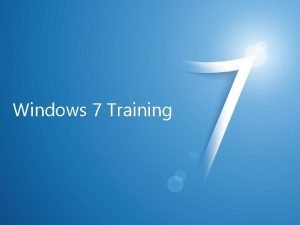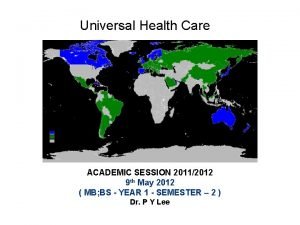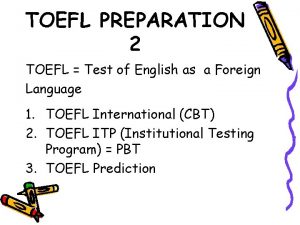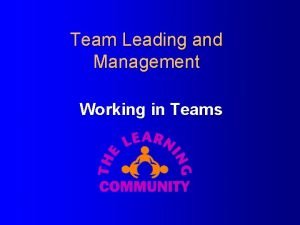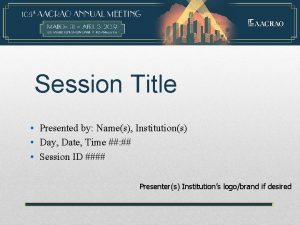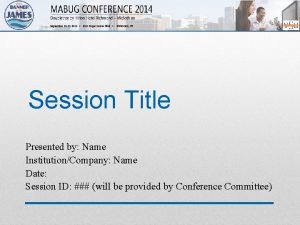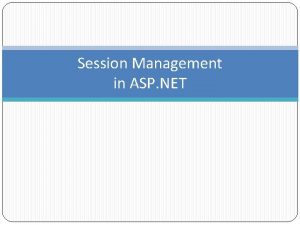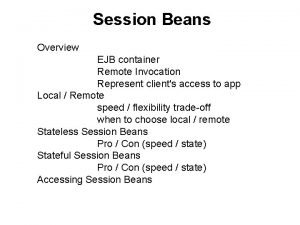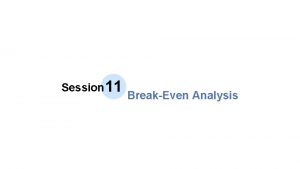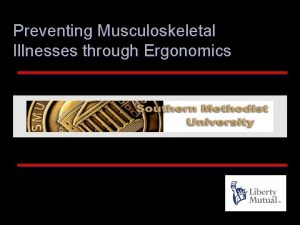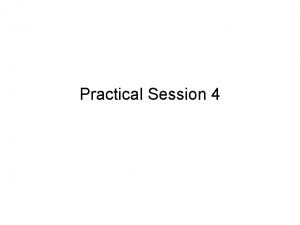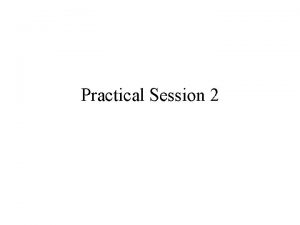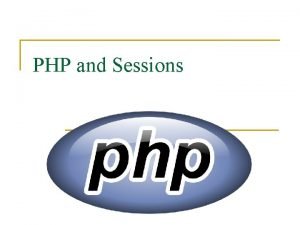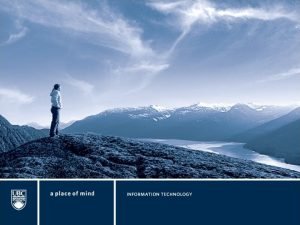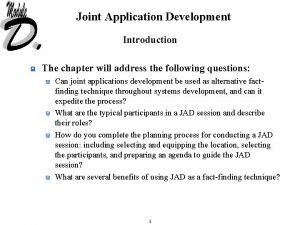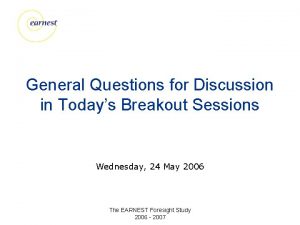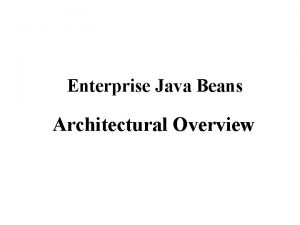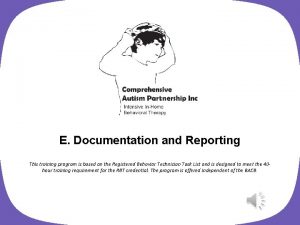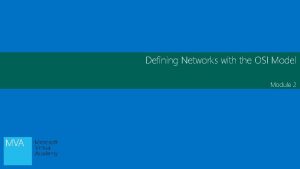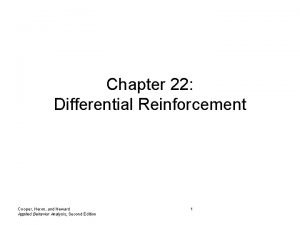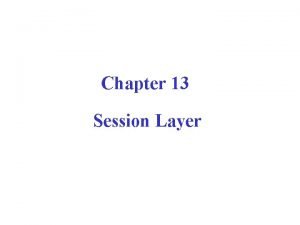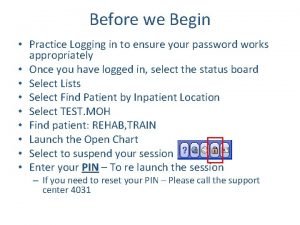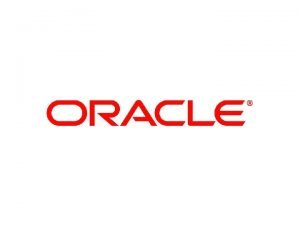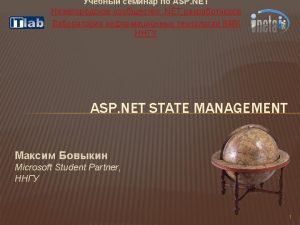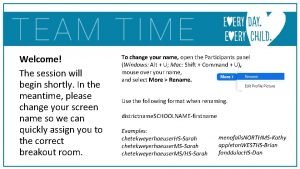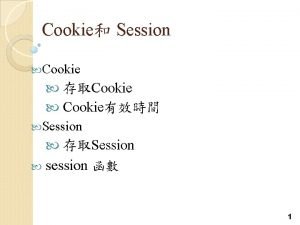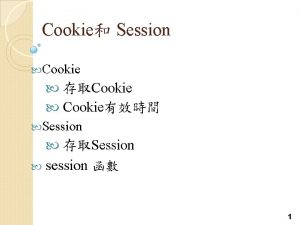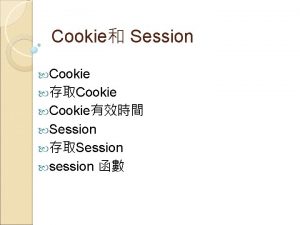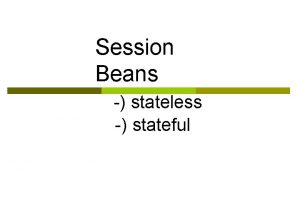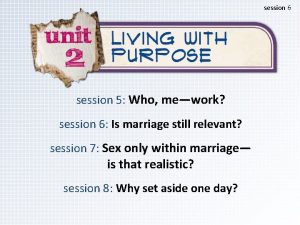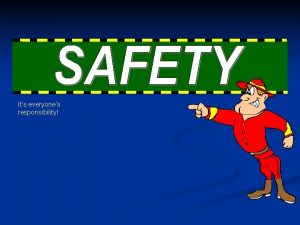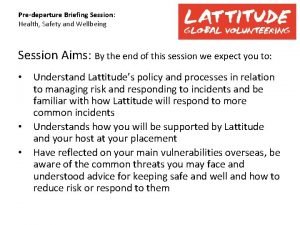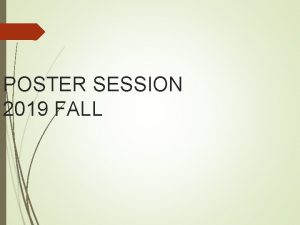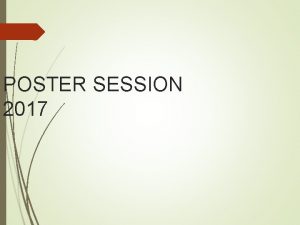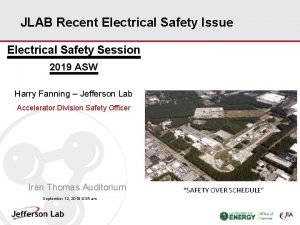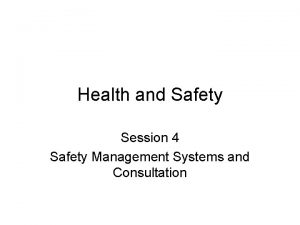Session 4 Safety Why Safety Why is safety






































- Slides: 38

Session 4 Safety

Why Safety? Why is safety important? l Why bother with it? l Isn’t it just another government or company program? l

About the Injuries More than 2. 2 million injuries were serious enough to require recuperation away from work or to restrict duties at work or both l 1/4 th involving days away from work resulted in 21 days or more away from work l l A workplace death occurs about every hour and a half in the United States Source: BLS 2004

A good health and safety program can reduce injuries. . . In the U. S. an injury occurs about every 8. 3 seconds l. Resulting in llost work time lmedical treatment (other than 1 st aid) lloss of consciousness lrestriction of work or motion or l transfer to another job Source: NSC 2004

Public Relations Oil & Gas Isn't Just One Of The Richest Industries, It's Also One Of The Safest http: //www. forbes. com/sites/robertbradley/2013/03/25/oil-gas-isnt-just-one-ofthe-richest-industries-its-also-one-of-the-safest/ CBS News Oil & gas industry spills happen "all the time” http: //www. cbsnews. com/8301 -18563_162 -20053283. html http: //www. mcclatchydc. com/2010/06/10/95701/oil-gas-worker-safety-recordweak. html#. Ub. DX 53 U 1 k. Z 5

Source: BLS 2004

Summary of Accidents l http: //www. spe. org/events/hsse/2011/pages/ schedule/tech_program/documents/141602_ Hill. pdf

A good health and safety program can save money. . . The average direct cost of a lost time claim is over $28, 000 OSHA "$AFETY PAYS" Program can calculate costs of injuries

A good health and safety program Increase morale Improve quality Improve productivity Provide compliance

A good health & safety program provides regulatory compliance Compliance with regulatory standards alone does not qualify as a “good Safety and Health program”

Reasons to Make Safety Important l Responsibility to self l Responsibility to family l Responsibility to not endanger co-workers l Productivity and health of the company

Legislation l In 1970, Congress considered these figures: l 14, 000 l 2. 5 worker deaths million workers disabled l 300, 000 new occupational disease cases

Public Law 91 -596 Enacted l Occupational Safety and Health Act signed by President Nixon on December 29 th 1970 l Effective April 29, 1971

Public Law 91 -596 l Occupational of 1970 l 34 sections l Amended – – 1990 1998 2001 2004 Safety and Health Act OSHA

Purpose of the Act l ". . . to assure so far as possible every working man and woman in the Nation safe and healthful working conditions and to preserve our human resources. "

Three Agencies Established l Occupational Safety and Health Administration (OSHA) l National Institute for Occupational Safety and Health (NIOSH) l Occupational Safety and Health Review Commission (OSHRC)

OSHA’S Purpose l Reduce workplace hazards; l Implement new or improve existing safety and health programs; l Provide for research in solving occupational safety and health problems

Purpose l Establish employer and employee responsibilities for safety and health conditions. l Build on employer/employee safety and health initiatives. l Focus on occupational health to prevent diseases occurring in the work environment.

OSHA’S Purpose l Establish training programs to increase the number and competence of occupational safety and health personnel; l Develop mandatory job safety and health standards and enforce them effectively; l Develop recordkeeping and reporting requirements;

OSHA’S Purpose l Provide for the development, analysis, evaluation and approval of state occupational safety and health programs.

Definitions l As defined by the Act, an employer is any "person engaged in a business affecting commerce who has employees, but does not include the United States or any State or political subdivision of a State. "

OSHA Covers l Manufacturing l Construction l Longshoring l Agriculture

Not Covered l Self-employed l Farms persons (incl. homeowners); on which only immediate members of the farm employer's family are employed; l Working conditions regulated by other federal agencies under other federal statutes.

Federal Agency Coverage. Examples l Federal Railroad Administration (FRA): – OSHA covers facilities – FRA covers tracks, trains, etc. . l Federal Aviation Administration (FAA): – OSHA covers to the tarmac – FAA covers past the tarmac

Section 5 - Duties l (a) Each employer - – (1) shall furnish to each of his employees employment and a place of employment which are free from recognized hazards that are likely to cause death or serious physical harm to his employees – (2) shall comply with occupational safety and health standards promulgated under this Act. l 5(a)(1) Known as General Duty Clause

Section 5 - Duties l (b) Each employee shall comply with occupational safety and health standards and all rules, regulations, and orders issued pursuant to the Act which are applicable to his own actions and conduct.

l 8(a) Section 8 - Inspections, Investigations & Recordkeeping OSHA representatives are authorized to: (1) enter without delay (2) inspect during regular working hours and at reasonable times and to question privately employers and employees l 8(b) OSHA has subpoena power l 8(c) OSHA requires recordkeeping l 8(f) Employees right of complaint

Section 9 - Citations l 9(a) If an employer violates Section 5 of Act or any standard, rule or order related to Section 6, a citation may be issued. Each citation will: – Be in writing – Describe the particular violation – Set a reasonable abatement period l 9(b) Posting of citations l 9(c) Time limit - 6 months to issue citation

Section 10 - Enforcement l 10(a) Employer’s right of contest – Citations can be contested up to the Occupational Safety and Health Review Commission (OSHRC), an independent quasijudicial branch of the Department of Labor l 10(c) Employee’s right of contest of abatement dates

Section 11 - Judicial Review l 11(a) l 11(c) Appeals & review of Commission order Prohibits discrimination against employees filing complaints under OSHA, or for disclosing safety and health issues concerning the workplace

Section 17 - Penalties l Penalties were increased in 1990 l Willful & repeated violations to a maximum of $70, 000 l Minimum $5, 000 willful l Serious & other than serious to $7, 000 l Failure to abate to a maximum of $7, 000 for each day violation continues (up to 30 day max. )

Section 19* - Federal Agency Programs & Responsibilities l Federal agencies (exception: Post Office) are required to establish their own safety and health programs consistent with OSHA. – Require the use of safety equipment & PPE as necessary to protect employees – Keep accident and illness records – Establish rules consistent with OSHA *Executive Order 12196 further defines the responsibilities of Federal Agencies.

Section 22 - National Institute for Occupational Safety and Health l Establishes National Institute of Occupational Safety and Health. NIOSH as a part of CDC

Major Subparts in 29 CFR 1910 and 1926 for Oil and Gas Operations l Found in “Oil and Gas and Petrochemical: The Complete OSHA Guide” – 1903, 1904, 1910, 1926 – Interpretations and forms also included l Up-to-date version found on www. osha. gov

Reading Standards l 29 CFR 1910. 110(b)(13)(ii)(b)(7)(iii) United States Code Title l CFR Code of Federal Regulations l 1910 Part - Part 1910 covers General Industry l 110 Section Number (Section 110 falls under Subpart H; Hazardous Materials)

Oil and Gas OSHA l Major Group 13 in the Standard Industrial Classifications (SIC) l 1311 Crude Petroleum and Natural Gas l 138 - Oil and gas field services – 1381 - Drilling oil and gas wells – 1382 - Oil and gas field exploration services – 1389 - Oil and gas field services, not elsewhere classified l General l Industry 29 CFR 1910

SIC 1381 l primarily engaged in drilling wells for oil or gas field operations for others on a contract or fee basis, including l l l Directional drilling of oil and gas wells on a contract basis Redrilling oil and gas wells on a contract basis Reworking oil and gas wells on a contract basis Spudding in oil and gas wells on a contract basis Well drilling gas, oil, and water intake: on a contract basis

SIC 1382 l establishments primarily engaged in performing geophysical, geological, and other exploration services for oil and gas on a contract or fee basis. l l l Aerial geophysical exploration, oil and gas field on a contract basis Exploration, oil and gas field on a contract basis Geological exploration, oil and gas field on a contract basis Geophysical exploration, oil and gas field on a contract basis Seismograph surveys, oil and gas field on a contract basis
 Pictures
Pictures Don't ask why why why
Don't ask why why why Windows 7 compatibility center
Windows 7 compatibility center Welcome to new session 2020-21
Welcome to new session 2020-21 Session
Session Skill 27 listen for answers in order
Skill 27 listen for answers in order Team norming session
Team norming session Session title examples
Session title examples Session name
Session name Session tracking in asp.net
Session tracking in asp.net Stateful session bean life cycle
Stateful session bean life cycle Session break even
Session break even Eis portal principal per session
Eis portal principal per session Ergonomics session
Ergonomics session Practical session meaning
Practical session meaning Practical session definition
Practical session definition Define session in php
Define session in php What is the value of the staff-session cookie?
What is the value of the staff-session cookie? Mentoring meeting agenda
Mentoring meeting agenda Joint application development meeting
Joint application development meeting Interactive session poster
Interactive session poster Reflection on lac session
Reflection on lac session Ece329
Ece329 Hkn review
Hkn review Breakout session questions
Breakout session questions Facilitating learning session
Facilitating learning session Stateful session bean life cycle
Stateful session bean life cycle Listening session template
Listening session template Hkn review session
Hkn review session Aba notes examples
Aba notes examples Session protocol data unit
Session protocol data unit Full session drl aba
Full session drl aba Function of session layer
Function of session layer Meditech suspend session icon
Meditech suspend session icon Alpha session 8
Alpha session 8 V$active_session_history
V$active_session_history Asp net session state
Asp net session state Prayer for planning session
Prayer for planning session Meeting will start shortly
Meeting will start shortly


